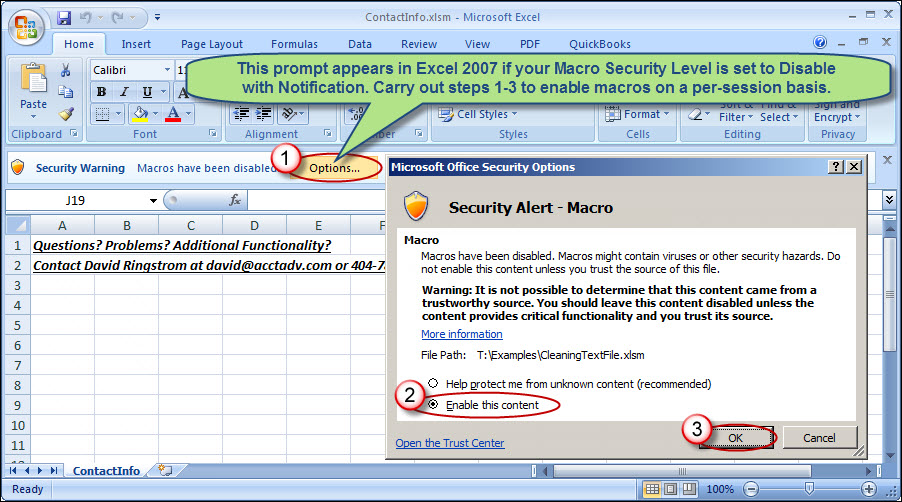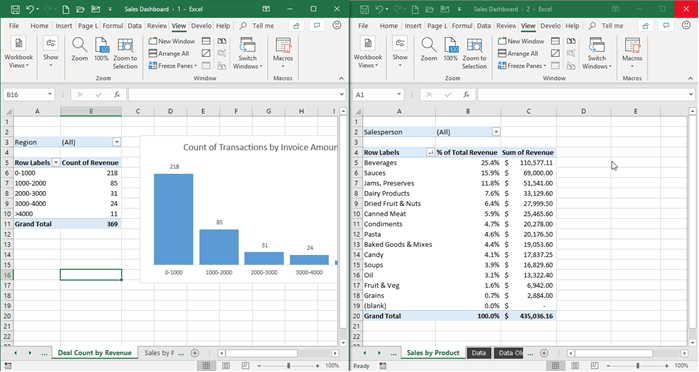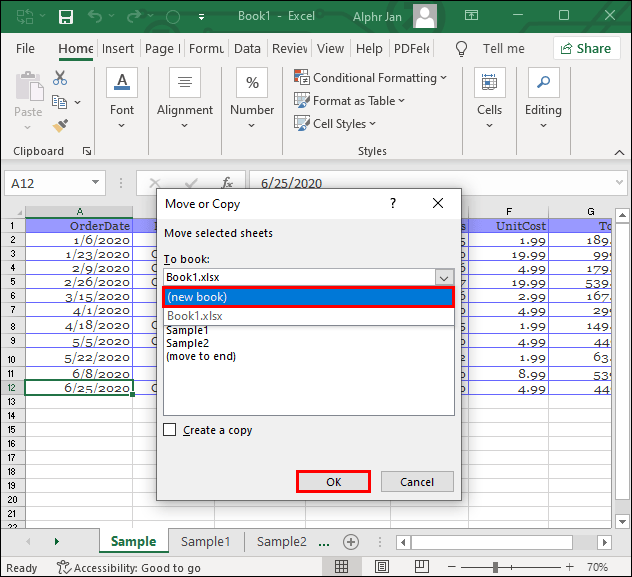Medical Wishes: Understanding Your Paperwork Options

When it comes to making decisions about your health care in advance, knowing your medical wishes and putting them into a legally-binding document can offer peace of mind for both you and your loved ones. Whether you're preparing for an unexpected medical emergency or planning your end-of-life care, understanding the various paperwork options is essential. This blog post will guide you through the different types of medical advance directives, their purposes, how to complete them, and why they matter.
Types of Medical Directives

Medical directives are legally binding documents that outline your health care wishes. There are several types, each serving a specific purpose:
- Living Will: This document specifies the types of medical treatment you would want or refuse if you were unable to communicate your decisions. A living will often covers treatments like CPR, ventilation, or feeding tubes.
- Durable Power of Attorney for Health Care: Also known as a Health Care Proxy, this allows you to appoint someone to make health care decisions on your behalf if you become incapacitated.
- Do Not Resuscitate (DNR) Order: A DNR instructs medical professionals not to perform CPR if your heart stops beating or if you stop breathing.
- Physician Orders for Life-Sustaining Treatment (POLST): For those with serious illnesses, a POLST form is used to detail specific medical orders to ensure care aligns with patient wishes.
How to Create Your Medical Directives

Creating your medical directives involves several steps:
- Reflect on Your Values and Wishes: Before documenting your wishes, consider your personal beliefs, values, and what quality of life means to you. Discuss these thoughts with family or close friends to refine your decisions.
- Choose the Right Documents: Depending on your needs, decide which documents will suit you best. For most people, a living will and a durable power of attorney for health care are recommended.
- Consult with Your Physician: Discuss your wishes with your doctor to ensure your directives are medically feasible and to get any necessary clarifications.
- Complete the Forms:
- Download or obtain forms from your state or healthcare provider's website. Ensure you're using the correct state-specific forms as requirements can vary.
- Fill out the details, specifying your wishes clearly. For the power of attorney, appoint your proxy and consider naming an alternate.
- Sign and Witness: Most states require that these documents be signed in the presence of witnesses or a notary public. Make sure to follow your state's rules.
- Distribute Copies: Provide copies to your chosen healthcare agent, primary physician, and any family members or friends involved in your care. Store the originals in a safe, accessible place.
⚠️ Note: Ensure that your directives are regularly reviewed and updated to reflect any changes in your health, laws, or wishes. Also, ensure your agent knows where to find these documents in an emergency.
The Importance of Medical Directives

Understanding and documenting your medical wishes through advance directives has several benefits:
- Control: You maintain control over your health care decisions, even when you can't communicate.
- Peace of Mind: Knowing your wishes will be respected can provide comfort for both you and your loved ones.
- Reduce Conflict: By clearly defining your wishes, you reduce the potential for family disputes or ethical dilemmas during crisis moments.
- Comfort for Loved Ones: It guides your healthcare proxy and family, reducing the burden of making tough medical decisions during emotional times.
- Legal Protection: These documents give legal authority to those you trust to make decisions for you, ensuring your wishes are followed.
📄 Note: Medical directives are not just for older individuals or those with terminal illnesses. Unexpected situations can happen at any age, making these documents relevant for everyone.
In conclusion, understanding and preparing medical directives is a crucial step in managing your health care decisions. By taking the time to document your wishes, you ensure that your treatment aligns with your values and beliefs, reduce potential conflicts, and provide clear guidance to your loved ones and medical providers. These documents empower you, offer peace of mind, and are a responsible part of comprehensive health care planning.
What is the difference between a living will and a durable power of attorney for health care?

+
A living will specifies your treatment wishes in advance, while a durable power of attorney for health care allows someone to make decisions for you if you’re incapacitated.
Do I need an attorney to create medical directives?

+
No, you don’t legally need an attorney, but consulting with one can ensure your documents are valid and comprehensive. State-specific forms are often sufficient.
Can I change my medical directives?

+
Yes, you can update or revoke your medical directives at any time provided you’re mentally competent. It’s essential to communicate any changes to relevant parties.



